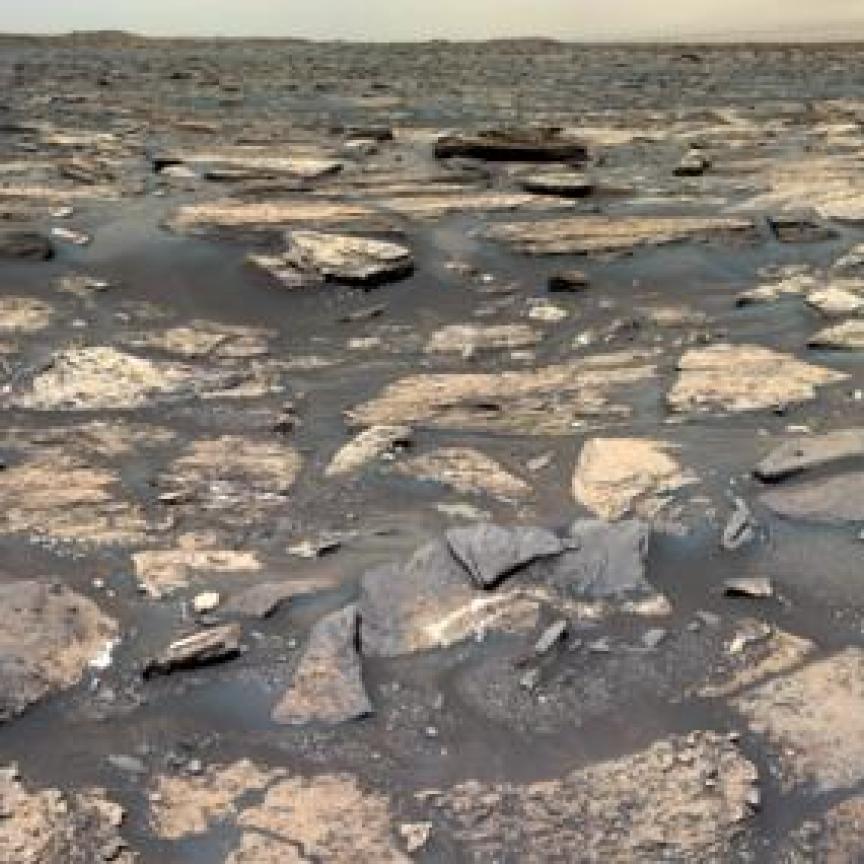Have you ever sat by a window on a rainy afternoon and just watched the rain drop onto the glass? It can be very calming and relaxing.
This is not the case at Mach 2 on the optical systems that help keep a pilot safe. Here, raindrops act like bullets. The latter was the problem our customer faced.
Optical thin film coatings
Thin film coatings are layers of material deposited onto a substrate to manipulate specific wavelengths of light. These layers range from a single atom to hundreds of layers in thickness depending on the requirement. These layers absorb, reflect or block energy to meet mission requirements on air, land, sea and space platforms.
A common example is the metallic backing on a simple bathroom mirror. This layer reflects light and creates the reflection you see while you brush your teeth.
Raytheon ELCAN has 70 years’ experience designing and manufacturing proprietary and custom coatings, pioneering performance improvements to meet customer requirements. These coatings include anti-reflection or A/R, high reflection and hard-carbon protective coatings for eye and sensor protection, beam splitting, electrical conductivity and other applications for aerospace and defence applications.
Our thin film coating department is a 10,000-class cleanroom, with an additional 1,000-class cleanroom within the department. Coatings range from high reflector metals (gold, silver, aluminium, and copper, among others) to UV, visible, near-, mid- and far-IR that are A/R coatings, filters, beamsplitters, bandpass, conductivity and laser-specific coatings.
Raytheon ELCAN uses many industry-leading techniques for coating deposition depending on the performance requirements for the system, the substrate and coating requirements. Techniques used include chemical vapour deposition, physical deposition and sputtering. Fine-line and detailed reticle patterns are created through a process known as photo-resist imaging or photo-lithography. Patterns are etched onto substrates using ion-assisted etching.
The problem
Infrared homing or heat-seeking missiles use an infrared sensor, sensitive to heat emitted by an aircraft engine, to track and home-in on the infrared signal. This puts allied pilots in danger. The threat from heat-seeking missiles was responsible for 80% of the aircraft losses in Operation Desert Storm.
To keep pilots safer, infrared countermeasures confuse the infrared missile guidance seeker so that it misses its target. IRCMs are installed on the forward edge of aircraft and are exposed to extreme environmental conditions such as vibration, shock and extreme temperature variations. In driving rain or sand, this results in total loss of the optical coating.
Raytheon ELCAN was asked to design a coating to protect these critical systems that could survive and perform in driving rain. The system needed to minimise cost which limited substrate options. The specification also called for high transmission, limiting coating options. The specifications were beyond anything that had been deployed previously.
The solution
Using internal research and development funding, the thin film coating team designed a custom, high-durability coating that met customer requirements. This coating reduced damage at higher speeds and in driving rain and improved transmission loss. This coating is now an industry-leading coating, qualified and fielded on IRCM and Infrared Search & Track systems on several platforms.
Thin film coatings are a critical enabling capability to meet customer requirements on weapon guidance and seekers, targeting systems, cockpit avionics, IRST and CM, high-energy laser weapon systems and space ISR and communications.
This thin film coating keeps allied pilots safe when raindrops act like bullets on critical optical systems.


